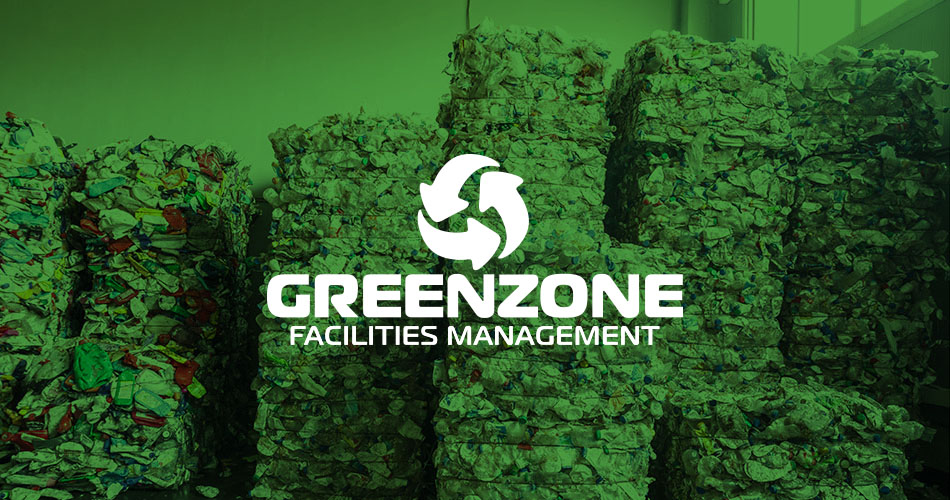Funded by the Bio-Based and Biodegradable Industries Association (BBIA) and its members Novamont, Sphere Group, Compostable Bag Company, Cromwell Polymers and Biome Biotechnologies, the research comes as local authorities in England have been mandated to offer separate domestic and business food waste collections from 2023.
As well as the cost for taxpayers, a number of other metrics were used to determine the best caddy liner option for recycling food waste. These consider whether the liners encourage the collection of high volumes and quality of food waste, whether they minimise risks for the public, whether they minimise greenhouse gas (GHG) emissions and whether they increase circularity.
Based on the assumption that current policy in the UK favours treating food waste using anaerobic digestion (AD), the research concludes that the most promising option for collection using liners is the use of compostable bags sent to AD, with the liners then separated for onward processing at an in-vessel composting facility (IVC). Sancroft concluded that this was the overall logical choice, as it is based on current technology and standards and costs are almost equivalent to polyethylene (PE) bags – which are currently used.
Though PE bags (sent to an AD facility, then separated and sent to an Energy-from-Waste plant) are used in the current system of food waste collection across the UK, Sancroft found these to be the ‘significantly less circular’ option, as it ‘reduces the nutrient value of digestate, increases the gas scrubbing burdens on treatment steps that control emissions to air from Energy-from-Waste (EfW) facilities and ignores the risk to soils from plastic contamination’.
The uses of paper bags and no bags were concluded by Sancroft to be the significantly more expensive and less functional choices, given the degradability of paper and likely lower yields of food waste from both options..
Despite this, in its ranking of choices according to the most effective balance of reasonable costs, minimisation of plastic contaminants in the biodegradable waste stream and maximisation of total food waste collected and processed, the consultancy prioritised compostable bags, followed by paper bags, then PE and no bags.
Commenting on the research the BBIA states: “The evidence shows that the most cost-effective option that delivers the biggest benefits for the nation is the use of compostable bags as a liner, as [these achieve] the most effective balance of reasonable costs, minimisation of plastic contaminants in the biodegradable waste stream and maximisation of total food waste collected and processed.
“Based on that logic, the priority is first compostable bags, then paper bags, then lastly no bags and PE bags, since both have significant downsides whether in plastics contamination or poor yields and high GHG emissions.”
With the UK Government pledging to reduce food waste by 20 per cent by 2025 as part of its Environment Bill, plans to mandate separate food waste collections for households and businesses in English local authorities were confirmed in this year’s Spending Review.
The BBIA-funded research is intended as a guide for policymakers to evaluate the most economically and environmentally beneficial caddy liner option in preparation for the England-wide system to be rolled out by 2023.
Orginal Source

